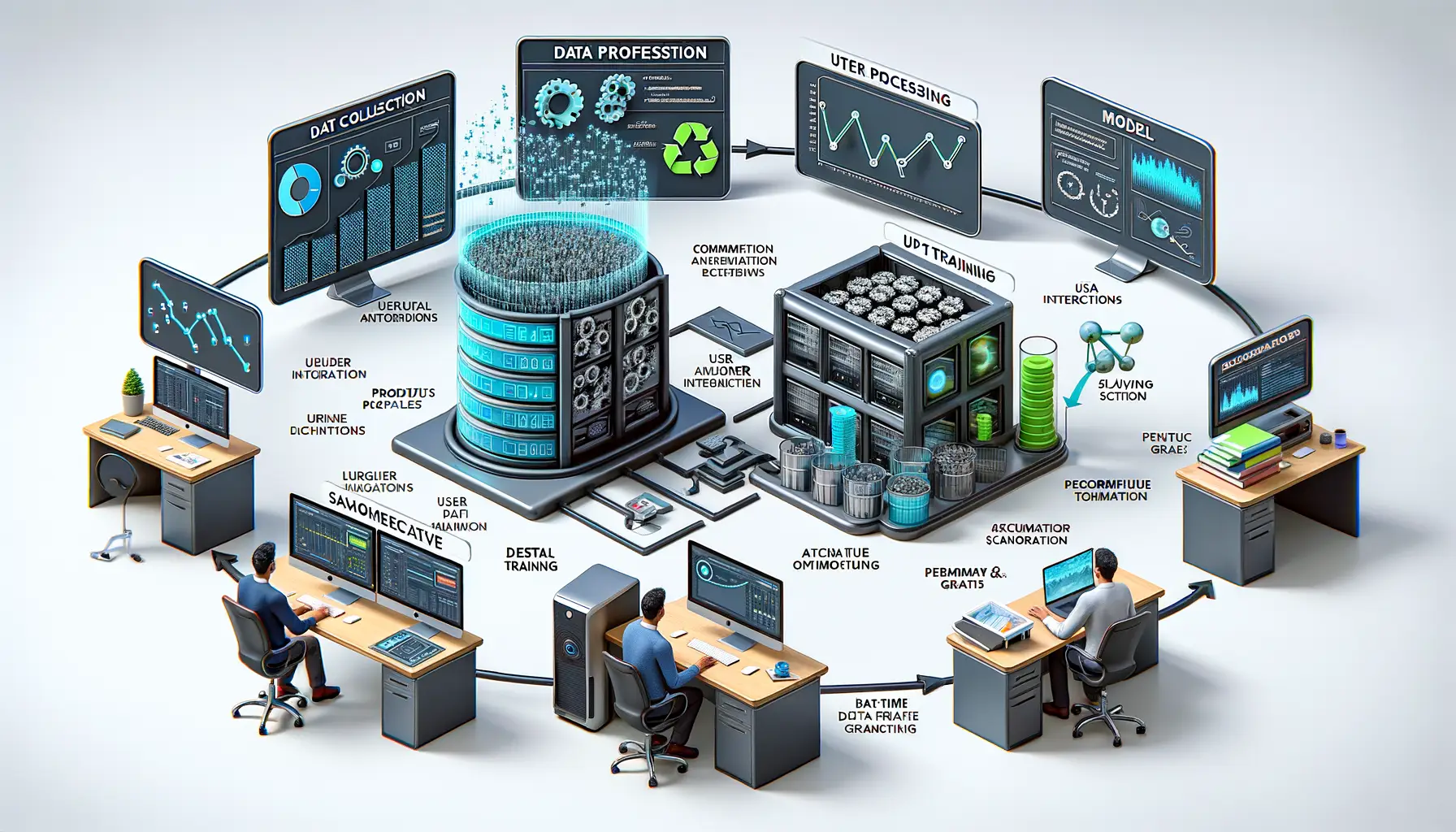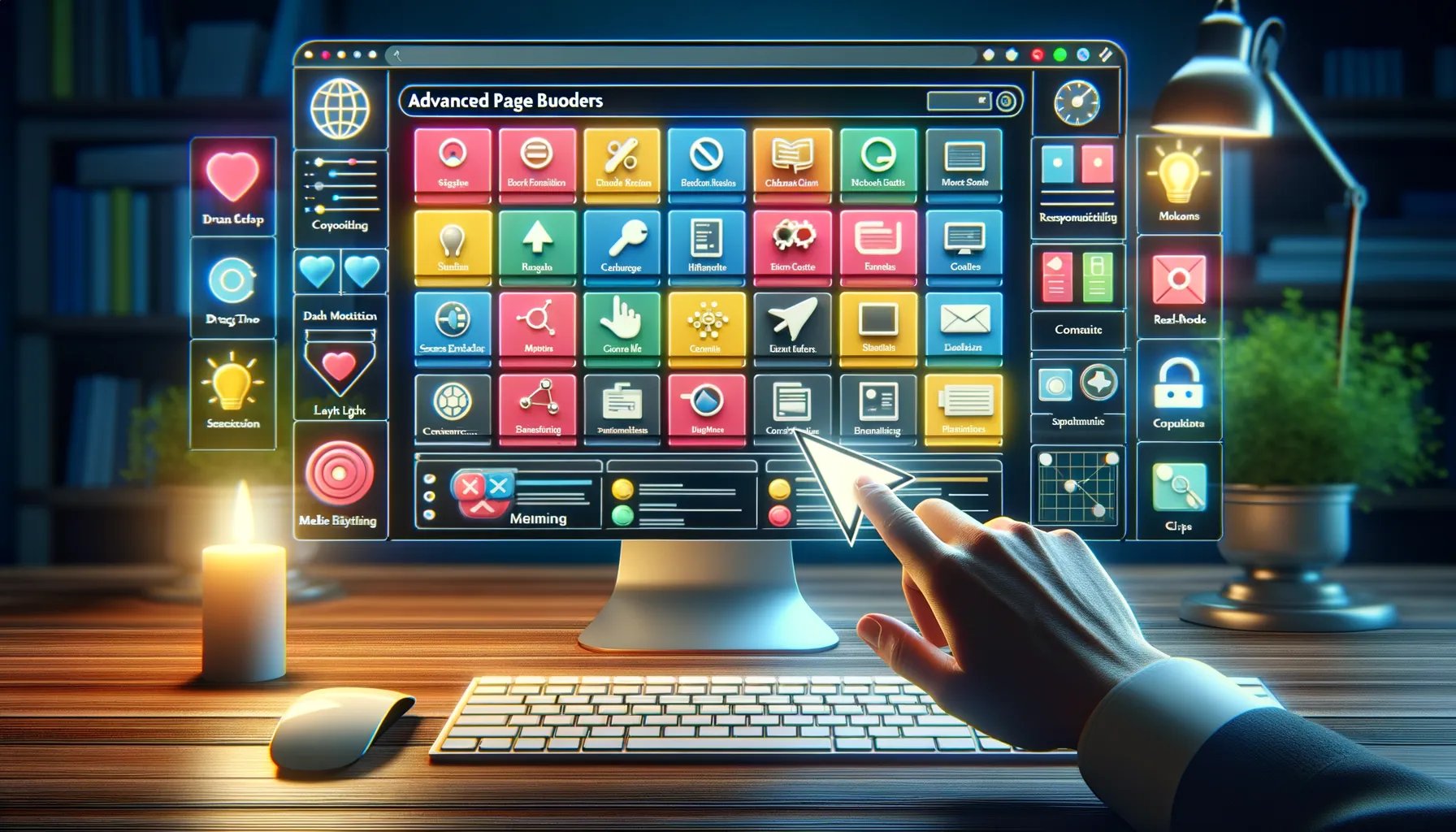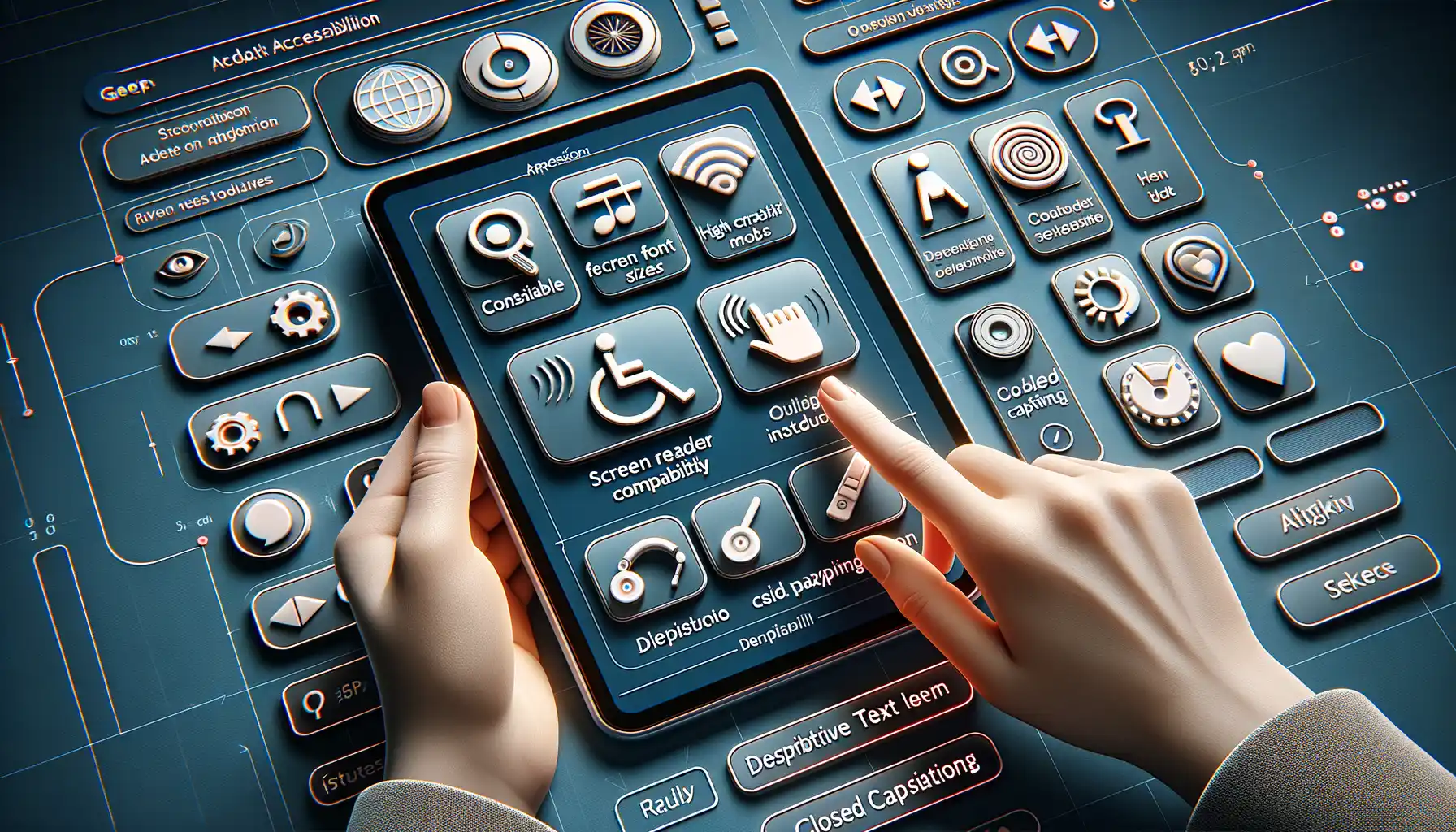The world is experiencing an unprecedented technological revolution with the advent of 5G technology. This advanced wireless communication standard promises to revolutionize various industries by providing faster speeds, lower latency, and enhanced connectivity. In this article, we will delve into how 5G technology is transforming industries worldwide, focusing on five key sectors: manufacturing, healthcare, transportation, entertainment, and agriculture.
Manufacturing
The manufacturing industry is one of the most significantly impacted by the advent of 5G technology. The increased speed and reduced latency of 5G networks enable real-time monitoring, control, and automation of industrial processes. This allows for the implementation of Industry 4.0 concepts such as smart factories, predictive maintenance, and automated quality control systems.
One of the primary benefits of 5G in manufacturing is its support for the Internet of Things (IoT). With 5G connectivity, a vast network of sensors and devices can be seamlessly integrated into production lines, providing real-time data on equipment performance, material usage, and product quality. This enables manufacturers to identify potential issues early, reduce downtime, and improve overall efficiency.
Furthermore, the high bandwidth and low latency of 5G networks facilitate the use of augmented reality (AR) and virtual reality (VR) in training and maintenance tasks. Technicians can access immersive, interactive guides for complex procedures, reducing the need for lengthy manuals and minimizing human error. AR glasses, for instance, can overlay real-time data onto a worker’s field of vision, guiding them through assembly processes or helping diagnose equipment issues.
Healthcare
The healthcare industry stands to gain significantly from the advancements enabled by 5G technology. With its high-speed connectivity and low latency, 5G networks promise to revolutionize telemedicine, remote patient monitoring, and medical device communication.
Telemedicine, in particular, is poised for a significant boost with 5G. High-definition video conferencing and real-time data sharing become possible even in areas with limited network infrastructure. This enables patients in remote or underserved regions to access specialist care without the need for travel. Additionally, 5G’s support for IoT devices allows for continuous monitoring of vital signs, medication adherence, and other health parameters, enabling early intervention and better disease management.
The reduced latency of 5G is crucial for applications such as telesurgery, where a surgeon can remotely operate on a patient thousands of miles away. The high speed and low lag time ensure precise control over surgical instruments, potentially expanding access to life-saving procedures.
Transportation
The transportation industry is another sector that will be significantly transformed by 5G technology. With its enhanced connectivity and speed, 5G networks enable the development of smart cities and autonomous vehicles, leading to improved traffic flow, reduced accidents, and increased efficiency.
For instance, 5G can support vehicle-to-vehicle (V2V) and vehicle-to-infrastructure (V2I) communication, allowing cars to share real-time data on speed, location, and road conditions. This enables cooperative adaptive cruise control, platooning, and automated collision avoidance systems, reducing the likelihood of accidents and improving overall traffic flow.
5G technology also plays a crucial role in the development of autonomous vehicles by providing reliable, low-latency communication between the vehicle and its environment. High-definition maps and real-time updates can be transmitted to the vehicle, enabling it to navigate complex urban environments with ease.
Furthermore, 5G networks can support smart traffic management systems, such as dynamic traffic light control and optimized routing based on real-time data. This leads to reduced congestion, lower emissions, and improved overall efficiency in urban transportation networks.
Entertainment
The entertainment industry is another sector that will be significantly impacted by the advent of 5G technology. With its high bandwidth and low latency, 5G enables the seamless delivery of immersive experiences such as virtual reality (VR), augmented reality (AR), and ultra-high-definition video streaming.
For instance, 5G networks can support the transmission of VR content with minimal lag time, enabling users to engage in realistic virtual environments without motion sickness or discomfort. This opens up new possibilities for gaming, education, and even remote collaboration in professional settings.
The high-speed connectivity of 5G also allows for the seamless streaming of ultra-high-definition (4K and beyond) video content, including movies, sports, and live events. With minimal buffering and no lag time, viewers can enjoy an immersive, cinema-like experience from anywhere at any time.
Additionally, 5G’s support for edge computing enables the development of more responsive and interactive AR applications. For example, a user could overlay real-time information onto their view of a cityscape, receiving personalized recommendations for restaurants, shops, or attractions in their immediate vicinity.
Agriculture
The agriculture industry is another sector that can benefit significantly from 5G technology’s advancements. With its high-speed connectivity and support for IoT devices, 5G enables farmers to monitor crop conditions and livestock health in real-time, improving efficiency and yields.
For instance, with 5G networks, farmers can deploy a vast array of sensors throughout their fields, collecting data on soil moisture, temperature, nutrient levels, and pest activity. This information can be analyzed using advanced analytics tools, providing insights into optimal planting times, irrigation schedules, and crop protection strategies.
The high bandwidth of 5G also allows for the use of drones equipped with high-resolution cameras to survey large areas of land quickly and accurately. These aerial images can be used to identify issues such as disease outbreaks or nutrient deficiencies, enabling targeted interventions and reducing the need for manual inspection.
Moreover, 5G’s support for real-time video transmission enables remote monitoring of livestock health and behavior. Farmers can use this information to optimize feed rations, prevent diseases, and even identify animals at risk of giving birth, allowing for timely assistance if needed.

In conclusion, 5G technology is a game-changer that has the potential to transform industries worldwide. With its high-speed connectivity, low latency, and enhanced support for IoT devices and edge computing, 5G enables the development of advanced applications in manufacturing, healthcare, transportation, entertainment, and agriculture. As 5G networks continue to expand and evolve, we can expect to see even more innovative use cases emerge, further driving progress and innovation across a wide range of sectors.







